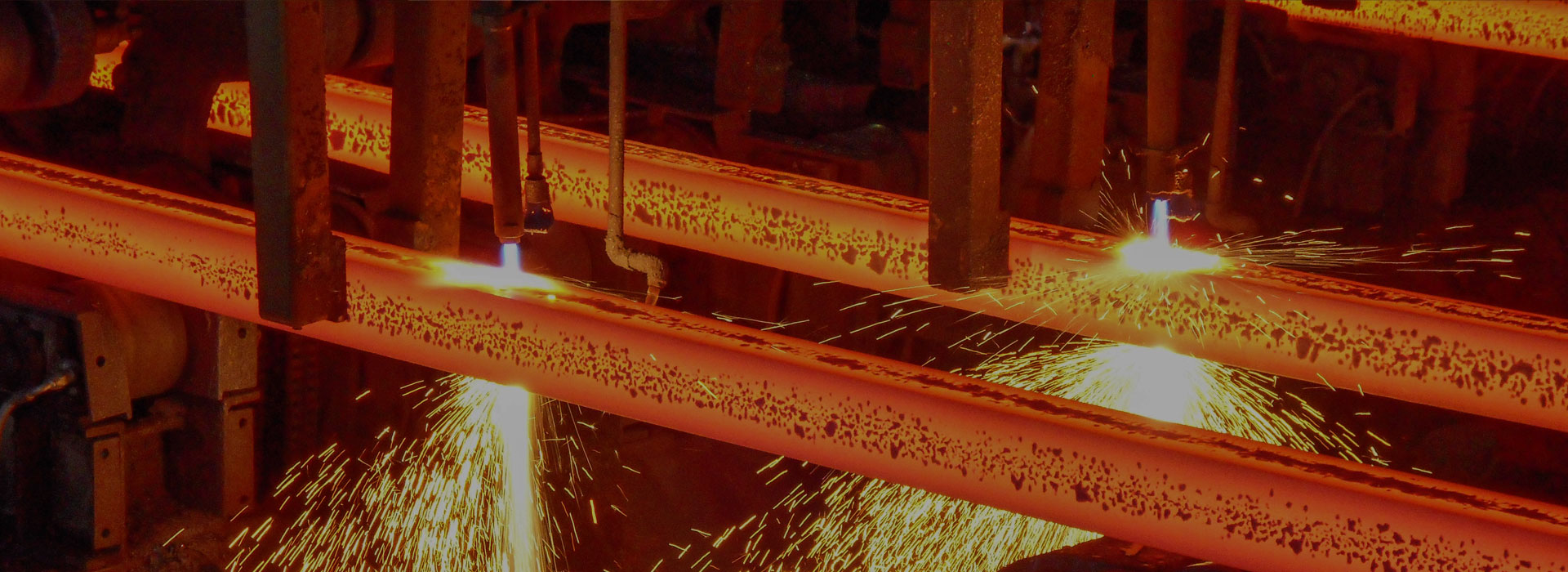What are the advantages and acceptance standards of gray cast iron castings?
2025-09-01
Gray iron castings use lost foam and resin sand casting processes, equipped with large gas tempering kilns, manual aging, and quenching to release internal stress, thereby improving the accuracy of the castings after processing. During the finishing process of the bed body, the machine tool experiences heating of the spindle due to prolonged cutting, which causes thermal deformation and affects the ultimate processing accuracy. For high-precision machine tools and large machine tools, processing errors caused by thermal deformation account for about 40-70%. Since thermal deformation can only be improved and cannot be eliminated, under the condition of a fixed machine tool, it is generally only possible to stabilize the machine tool temperature by controlling the cutting conditions, thus avoiding the impact of temperature changes on processing accuracy. The measures to control temperature changes during the processing of the bed body mainly include:
1) The machine tool must undergo a period of idle operation before finishing; after the temperature rises and stabilizes, the entire machine tool system reaches thermal equilibrium, and only after the positions of the machine tool components are relatively stable can finishing be carried out;
2) After semi-finishing, due to large cutting amounts and significant temperature rise, direct finishing cannot be performed, and idle operation must be conducted for a period before finishing;
3) During the several passes of finishing, to ensure consistent temperature rise, the cutting amount must be kept basically consistent.
(1) Higher compressive strength and tensile strength.
(2) Good precision stability.
(3) High modulus of elasticity.
(4) Good wear resistance.
(5) Better shock absorption.
(6) Good cutting performance.
(7) Good casting performance.
(8) Higher dimensional accuracy and lower surface roughness.
Large gray iron castings must be inspected after pouring, and the acceptance criteria are:
1. Standards for the chemical composition of the castings;
2. Standards for the mechanical properties of the castings, such as tensile strength and hardness;
3. Standards for the metallographic properties of the castings, including carbide content, pearlite content, and graphite length;
4. Dimensional requirements for the castings;
5. Performance requirements for the castings, such as pressure resistance and leakage.




